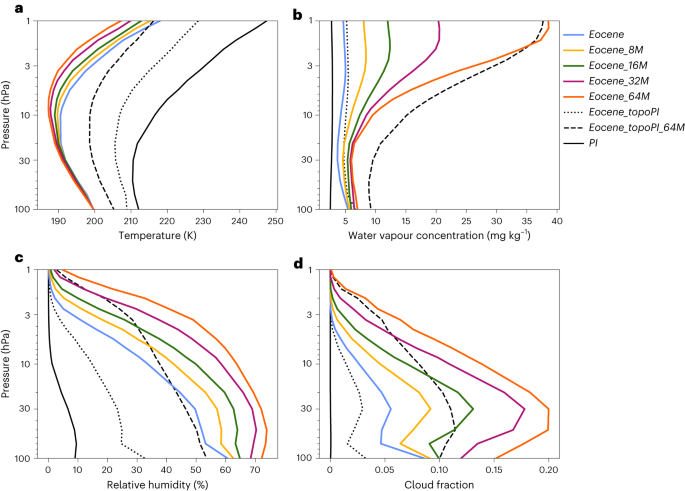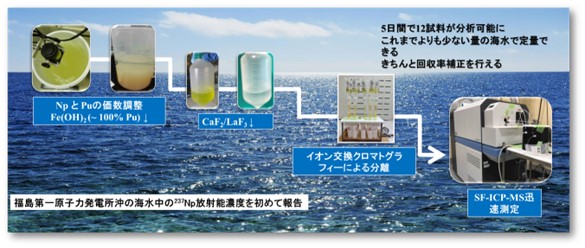2023-11-08 ニューサウスウェールズ大学(UNSW)
◆成層圏雲は高高度で形成され、地球の表面を温める効果がありますが、気候モデルには通常含まれていません。研究は、成層圏雲の存在が気候モデルの不足を一部説明し、極域での温暖化を正確に再現するためにはより詳細なモデルが必要であることを示唆しています。
<関連情報>
- https://newsroom.unsw.edu.au/news/science-tech/why-do-climate-models-underestimate-polar-warming-%E2%80%98invisible-clouds%E2%80%99-could-be
- https://www.nature.com/articles/s41561-023-01298-w
北極圏の成層圏雲は、低地形と高メタンによって北極圏の温暖化を促進した。 Early Eocene low orography and high methane enhance Arctic warming via polar stratospheric clouds
Deepashree Dutta,Martin Jucker,Steven C. Sherwood,Katrin J. Meissner,Alex Sen Gupta & Jiang Zhu
Nature Geoscience Published:07 November 2023
DOI:https://doi.org/10.1038/s41561-023-01298-w

Abstract
Proxy data suggest that the early Eocene (∼56–47.8 million years ago) was characterized by a much weaker equator-to-pole temperature gradient than today. However, general circulation models consistently underestimate high-latitude temperatures indicated by proxy records, suggesting that they may miss important processes. Previous studies hypothesized that wintertime polar stratospheric clouds may have played an important role in Arctic warming through greenhouse forcing, but these studies did not consider the effects of atmospheric chemistry or the early Eocene topography. Here we examine these factors using a high-top atmospheric model with interactive chemistry. The lower orography in the low- to mid-latitude Northern Hemisphere early Eocene weakens the stratospheric circulation which, in combination with sufficiently high methane concentrations, leads to a substantial increase in polar stratospheric clouds in the Arctic winter. Furthermore, an increase in early Eocene polar stratospheric clouds due to a 16- to 64-fold higher than pre-industrial methane concentration results in a radiative forcing larger than the direct greenhouse effect from the methane itself. This polar stratospheric cloud-induced radiative forcing could cause up to 7.4 K of Arctic surface warming. These results point to the potential for nonlinear interactions between individual forcings.



